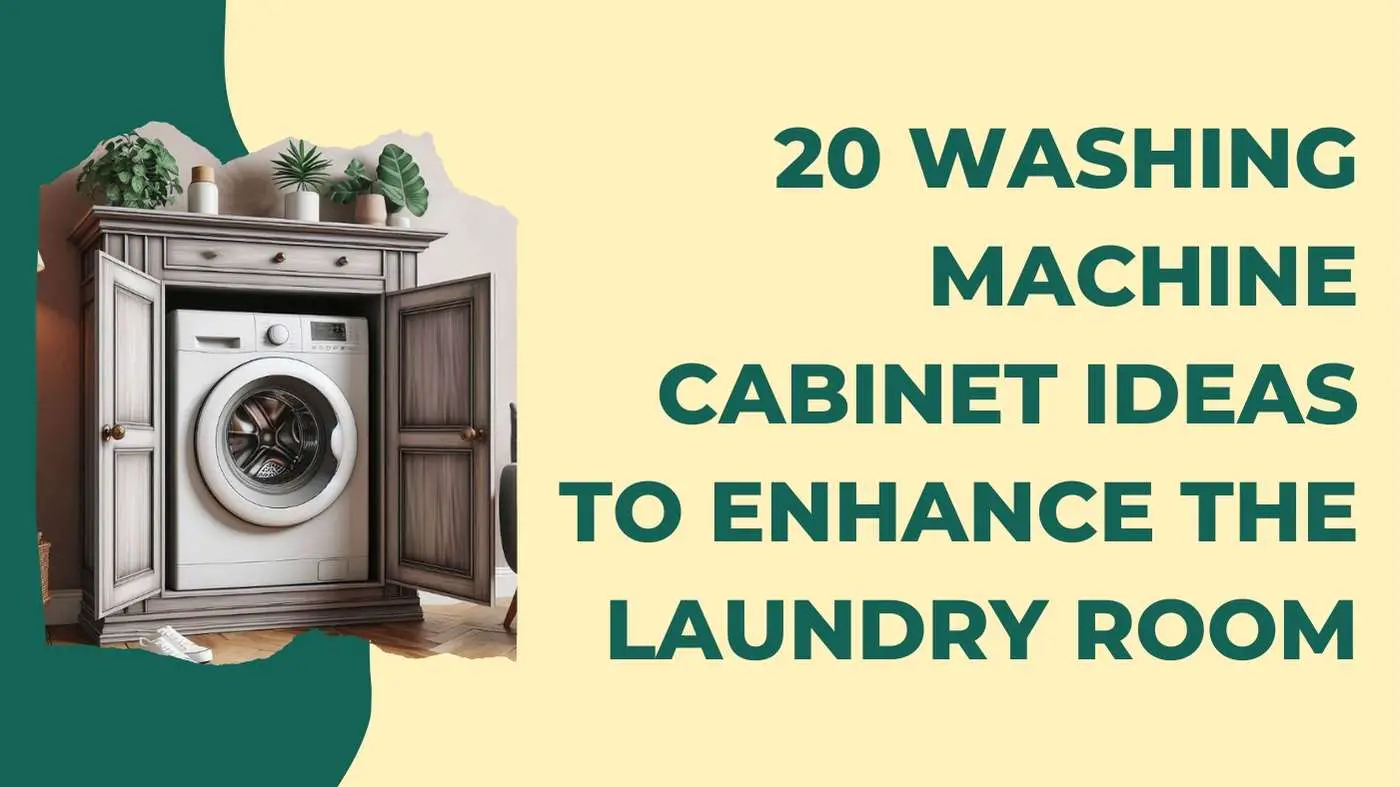Most vented clothes dryers do not require a drain hose as they depend on vents to release the hot, humid air that is created during the drying process. However, some condenser dryer models or washer-dryer combo units do require a drain hose to vent the water removed from the clothes during the drying cycle.
That being said, not all ventless or condenser dryers will need a drain hose because some models require you to manually detach the tank and empty the water out.
Key Takeaways
- Not all dryers need to have a drain hose attachment because most dryers use a heating element to evaporate the moisture and discharge it through the venting system.
- In some condenser dryer models, the moisture that is removed from your clothes condenses and gets accumulated in a reservoir or water tank.
- The drain hose is usually connected to the condenser dryer’s water tank or reservoir drain outlet.
- If you have a washer-dryer combo unit, it will require a drain hose in order to remove the wastewater after washing and to dispose of the condensed water through the same source.
Why do some models require a drain hose and some models don’t?
The real answer is in the design and modus operandi of each individual appliance.
Technically, there are two types of dryers:
- One which releases moisture and hot air directly through the vents. Such types of dryers are often known as vented dryers.
- And the other one works on the condensation principle, which may require a drain hose to release the condensed water from the machine. These types of dryers are also known as condenser dryers.
So, in layman’s language, the drain hose is not needed for dryers that need vents to be set up. And ones that don’t have a vent might need a drain hose.
In some condenser dryers, the drain hose may not be present, as you may need to empty the tank manually (it may be by design).
Where is the drain hose located in a dryer?
Most dryers have a drain hose behind the machine, and you can get to it by pulling the dryer away from the wall.
Usually, the hose is connected to the water tank on the back of the dryer. However, the location of the drain hose may vary depending on the model.
If you cannot find your dryer’s drain hose, check your owner’s manual for your dryer model.
How to hook up a drain hose in a dryer?
To hook up a drain hose in a dryer, follow the below steps:
Step 1: First, locate the drain port or slot on the back of the dryer, it is typically a small, circular opening located near the bottom or top part of the machine.
Step 2: Insert one end of the hose into the port or the slot. If it has a clamp, use it to tighten the drain hose securely.
Step 3: Once the hose is connected, place the other end in a nearby drain or sink to drain any accumulated water with ease.
While hooking up the drain hose, make sure the hose is not kinked or blocked and that the end of the hose is lower than the dryer to prevent any backflow.
Also Read: How to hook up a washing machine?
Quick tips for preventing kinks or blockages in the drain hose
- Use a flexible hose: Flexible hoses are less likely to kink or get blocked than stiffer hoses.
- Avoid sharp bends: When routing the hose, try to avoid sharp bends or angles that could cause kinks.
- Support the hose: Use hose clamps or supports to hold the hose in place and prevent kinks from forming.
- Keep the hose clear: Regularly check the hose for any blockages or debris that may be causing a kink.
- Use a larger hose: A larger diameter hose can handle more volume and is less likely to kink or block.
- Use a straight-through fitting: Installing a straight-through fitting on the end of the hose can help to prevent kinking by ensuring the water flows in a straight line.
- Avoid over-stretching: Avoid over-stretching the hose when installing it, this can cause the hose to become weak and kink more easily.
- Reroute the hose if necessary: If you find that the hose is kinking frequently in the same spot, consider rerouting it to a different location.
Final Thoughts
Whether or not a dryer requires a drain hose is entirely dependent on the type of dryer, i.e., vented, ventless, or combo unit.
In general, the ventless models (mostly the condenser ones) will require a drain hose to drain the condensed water collected in the water tank.
You May Also Like
- How to replace the water tank in a condenser dryer?
- How to replace the water tank in a condenser dryer?
- What is a Thermistor in a Dryer? (Explained)
- Do Whirlpool dryers have a permanent press cycle?
- Should you dry corduroy in a dryer? (Explained)
- How to dry velvet fabrics safely? (Caring velvet fabric)
- Does silk fabric shrink in a clothes dryer?
- How to replace the front panel in a dryer?
- How to fix D90 error code in LG dryer?
- How to reset an LG dryer? (3 ways to reset)
- Dryer blows cold air? Do this now
- Why does the dryer shake or wobble? (Answered)
- Dryer stops mid cycle? (Do this to fix it)
- Do all dryers have a drum light?
- How to Replace Gas Valve in a Gas Dryer?
- How to replace the Igniter in a Gas Dryer?
- Gas Dryers vs Electric Dryers (Differences Explained)
- How to replace the lint screen in a dryer?
- Why does the dryer smoke? (Answered)
- How do you replace the felt seal in a dryer?
- How to replace the drum rollers in a dryer?





